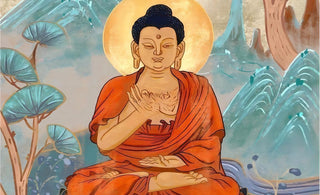
When we are in a Buddhist temple, we see many statues, big and small, and questions always arise in our minds: When were these statues created? Did the sculptor mould the statues to the Buddhas and Bodhisattvas? Or were they cast with reference to ...
























